Membrane Transporter/Ion Channel
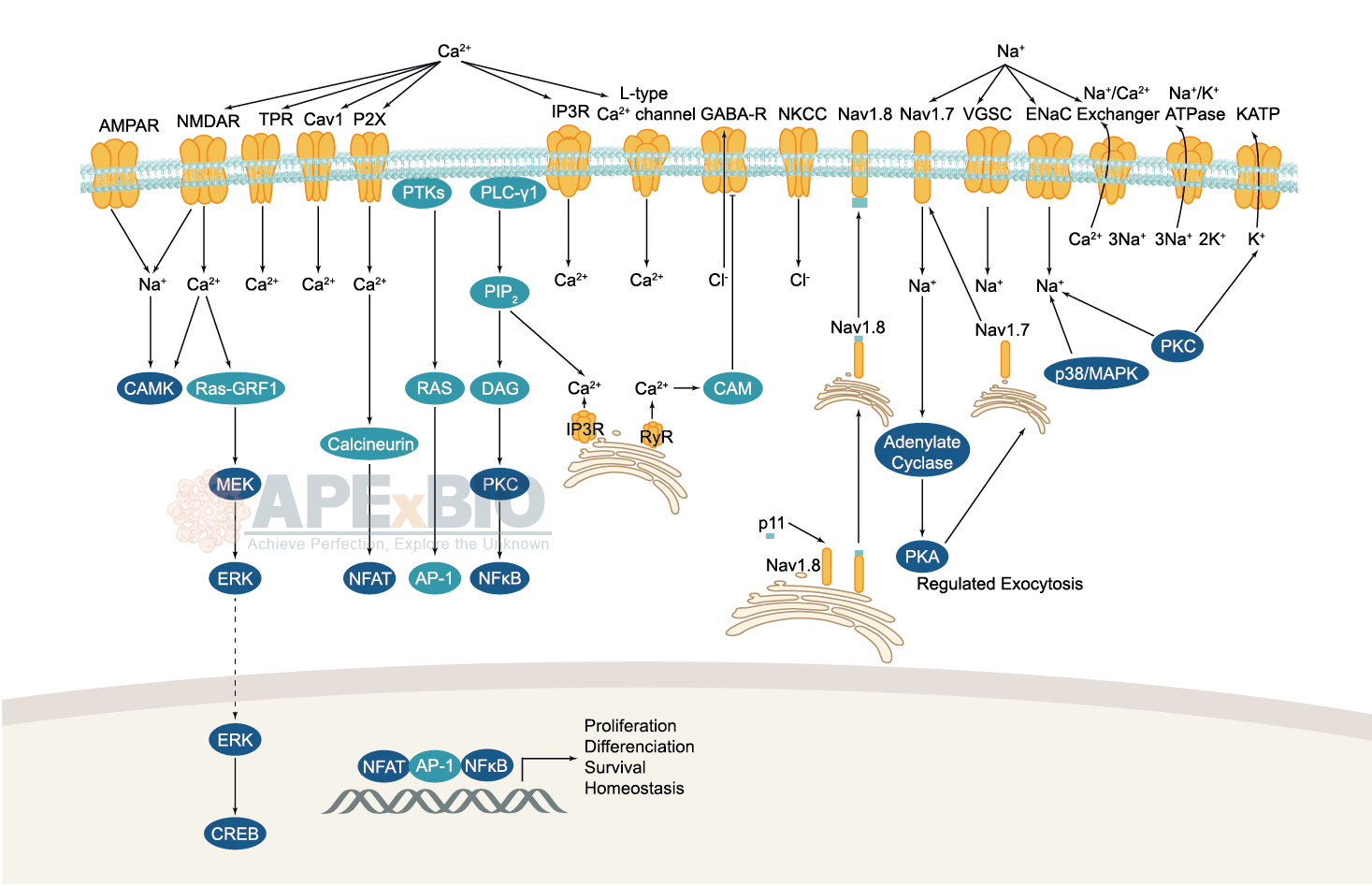

Membrane Transporters mediate the movement of ions and molecules via binding and moving the substance across the membrane. There are two main actions of transporter: facilitated diffusion (passive transport) and active transport. Membrane transporters which bind the hydrolysis of ATP to the transport of target molecules are referred to as ATPases. For instance, Na+,K+-ATPases or Na+,K+-pumps are responsible for the transport of Na+ out of and K+ into cells.
Ion channels are pore-forming membrane proteins which allow the flow of ions across the membrane. The ion channels can be broadly grouped into six families including calcium channels, chloride channels, potassium channels, sodium channels, gap junction proteins and porins. Not all ion channels are gated, such as certain type of K+ and Cl– channels, transient receptor potential superfamily of cation channels, the ryanodine receptors and the IP3 receptors, but most Na+, K+, Ca2+ and some Cl– channels are all gated by voltage. Ligand-gated channels are regulated in response to ligand binding (e.g. neurotransmitters signaling). These ligand-gated neurotransmitter receptors are known as ionotropic receptors. Various neurotransmitters couple to ionotropic receptors such as glutamate, acetylcholine, glycine, GABA, and serotonin.
-
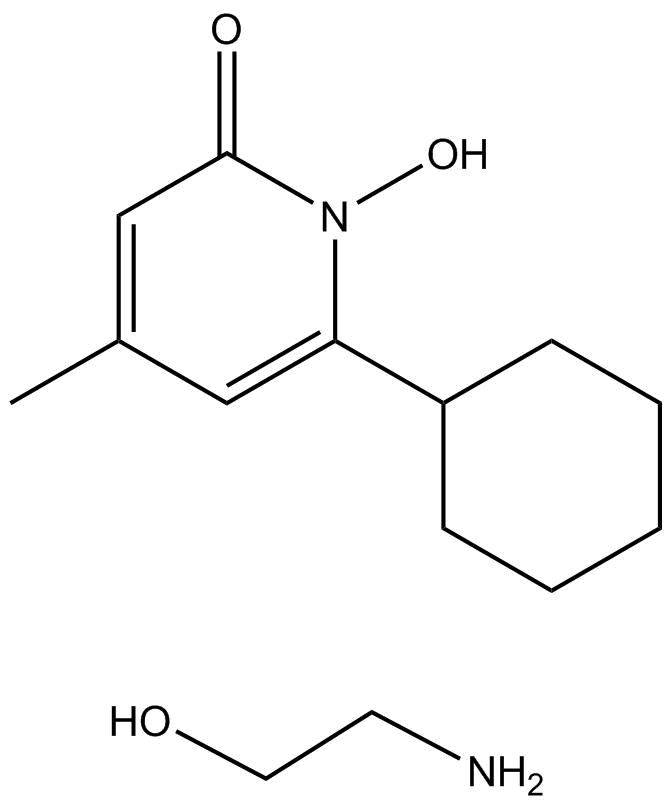 B1384 Ciclopirox ethanolamineSummary: iron chelator, broad-spectrum antifungal agent
B1384 Ciclopirox ethanolamineSummary: iron chelator, broad-spectrum antifungal agent -
 B1911 Cinepazide maleateSummary: Calcium channel inhibitor
B1911 Cinepazide maleateSummary: Calcium channel inhibitor -
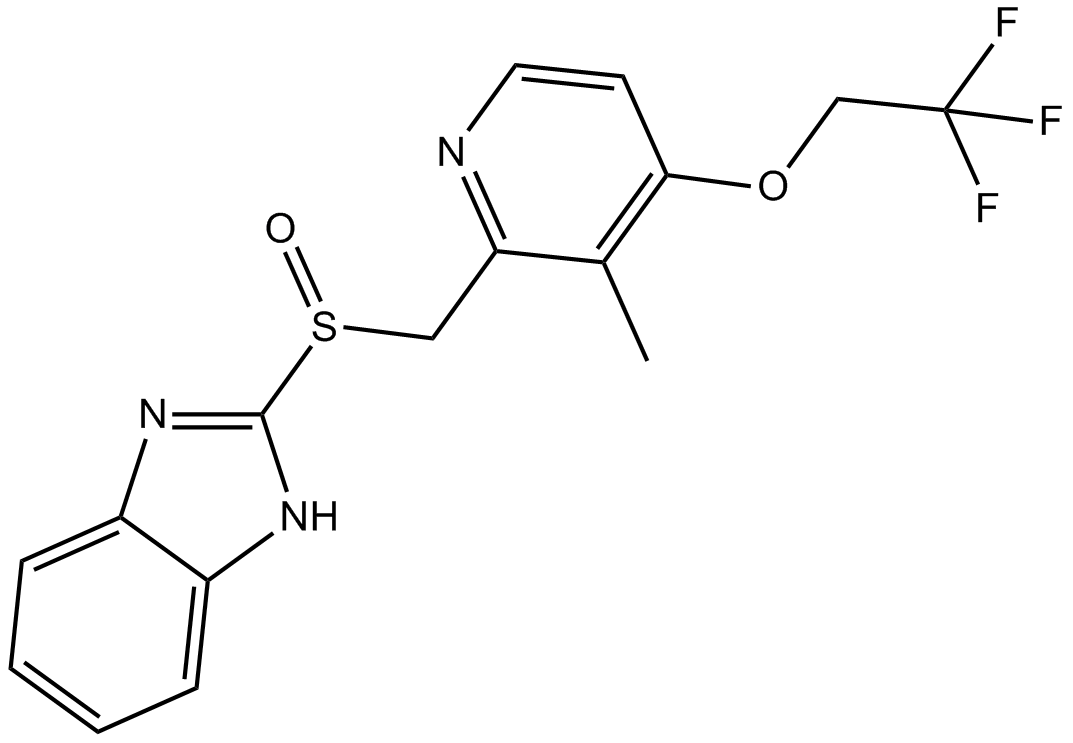 B1725 DexlansoprazoleSummary: Proton pump inhibitor
B1725 DexlansoprazoleSummary: Proton pump inhibitor -
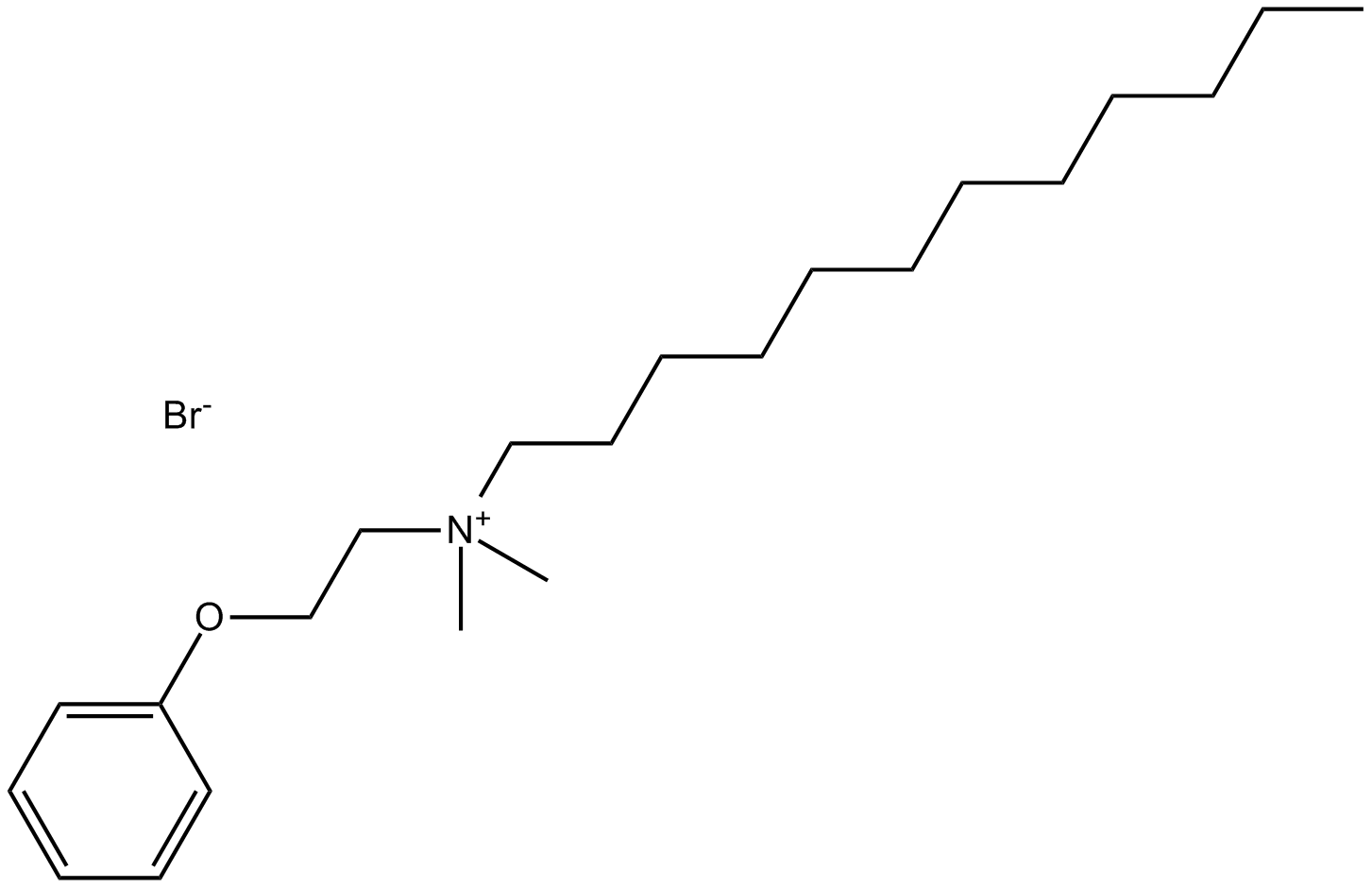 B1733 Domiphen BromideSummary: Quaternary ammonium antiseptic
B1733 Domiphen BromideSummary: Quaternary ammonium antiseptic -
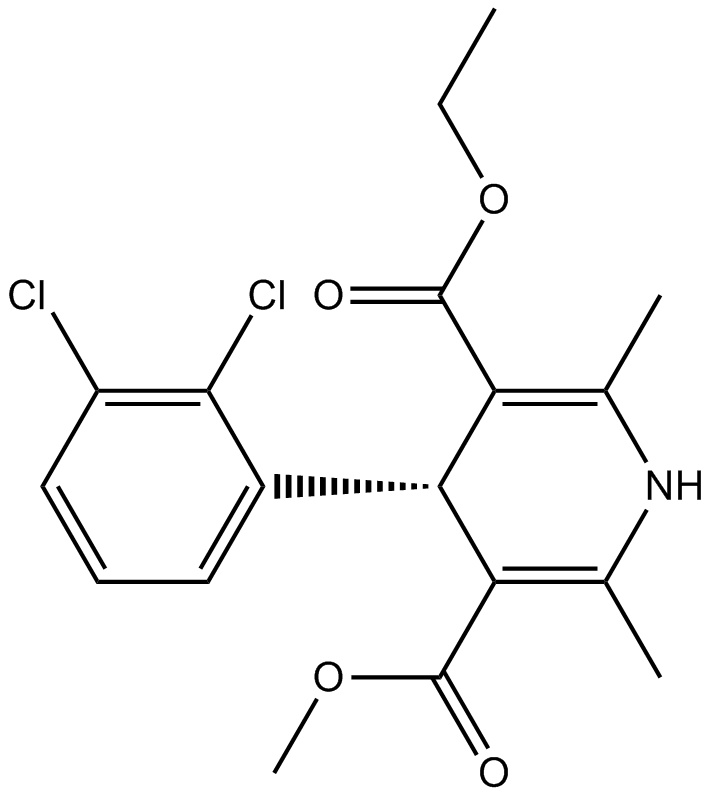 B1416 FelodipineSummary: Selective L-type Ca2+ channel blocker
B1416 FelodipineSummary: Selective L-type Ca2+ channel blocker -
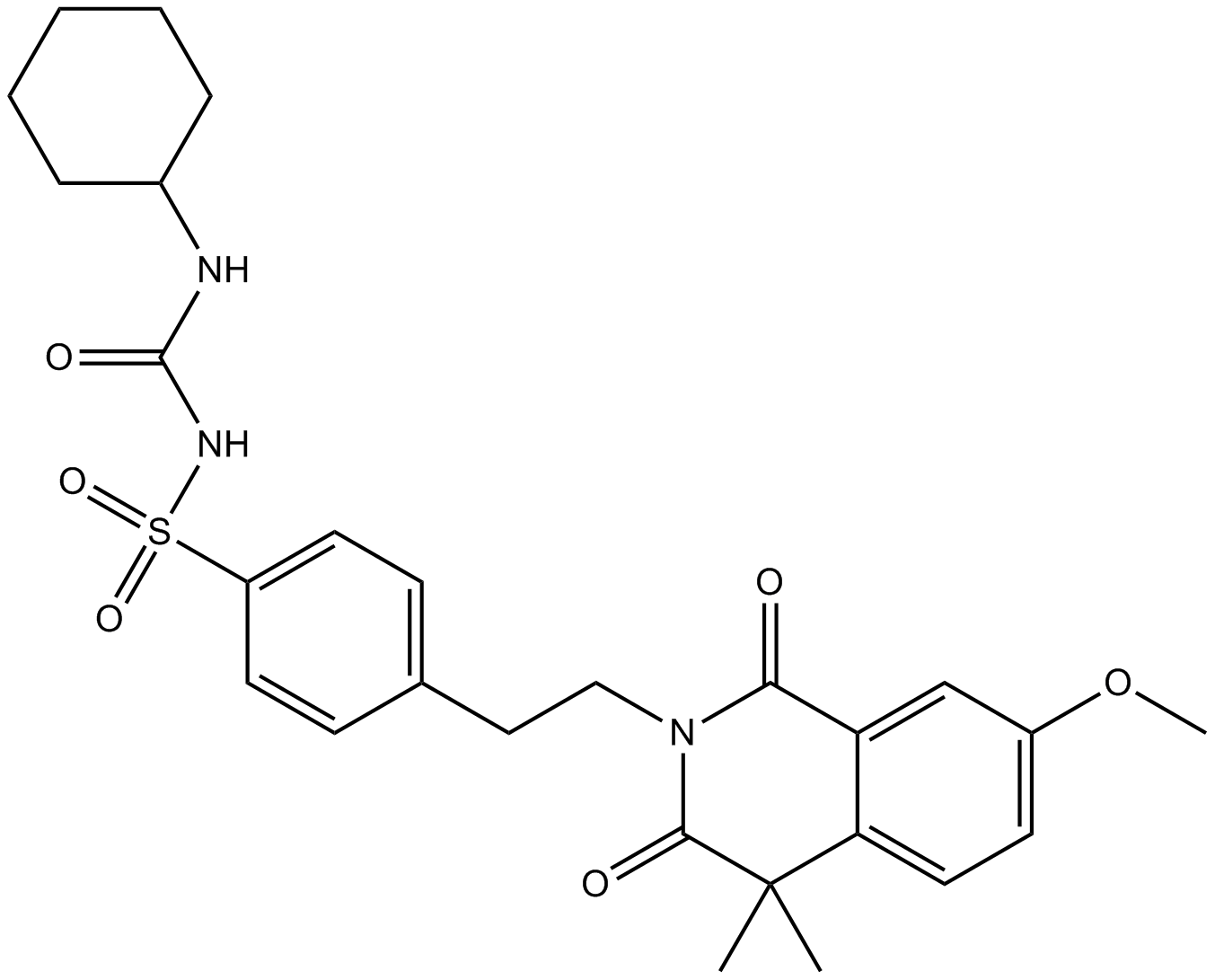 B2196 GliquidoneSummary: ATP-sensitive K+ channel antagonist
B2196 GliquidoneSummary: ATP-sensitive K+ channel antagonist -
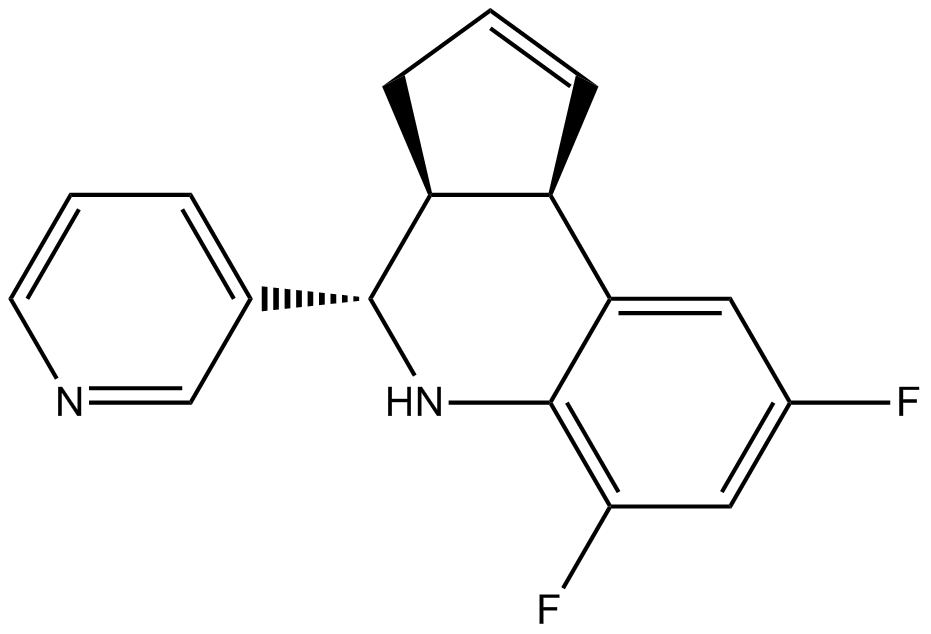 B1385 Golgicide ASummary: GBF1 inhibitor, potent, reversible and highly specific
B1385 Golgicide ASummary: GBF1 inhibitor, potent, reversible and highly specific -
 B2249 Lamotrigine4 CitationTarget: 5-HT receptors|sodium channelSummary: 5-HT inhibitor, sodium channel blocker
B2249 Lamotrigine4 CitationTarget: 5-HT receptors|sodium channelSummary: 5-HT inhibitor, sodium channel blocker -
 B1784 Levobupivacaine HClSummary: Sodium channel inhibitor
B1784 Levobupivacaine HClSummary: Sodium channel inhibitor -
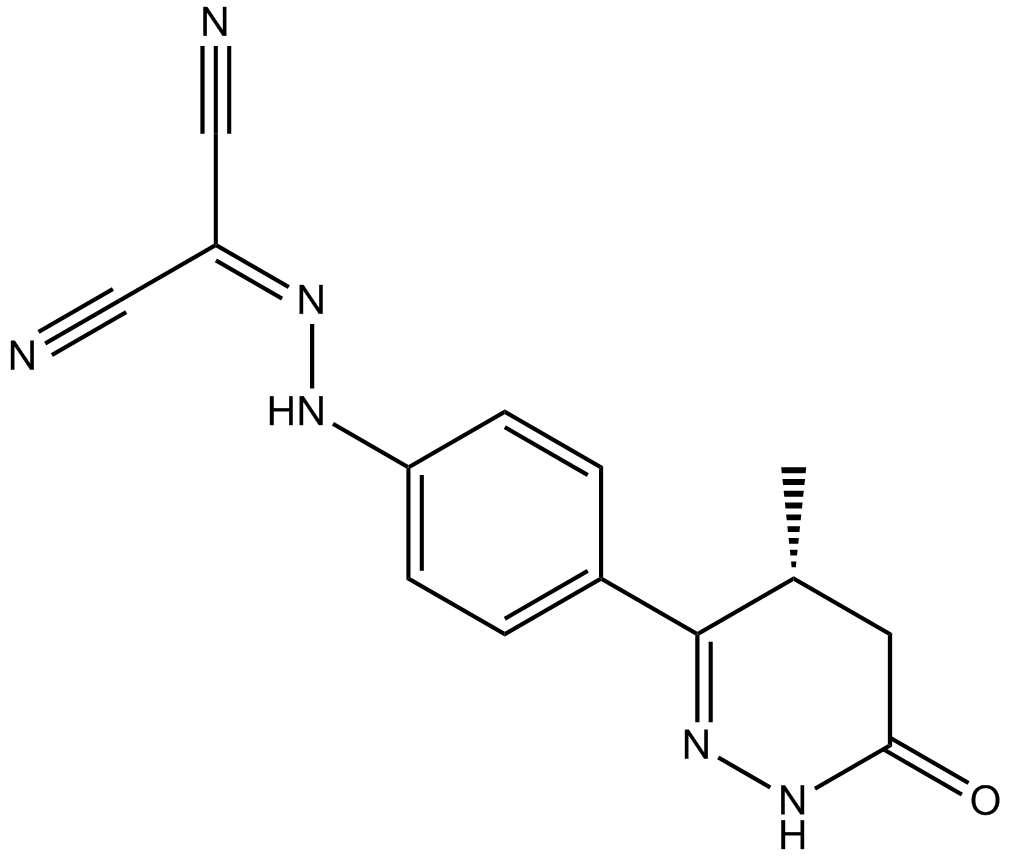 B1961 LevosimendanTarget: troponinSummary: calcium sensitiser
B1961 LevosimendanTarget: troponinSummary: calcium sensitiser


